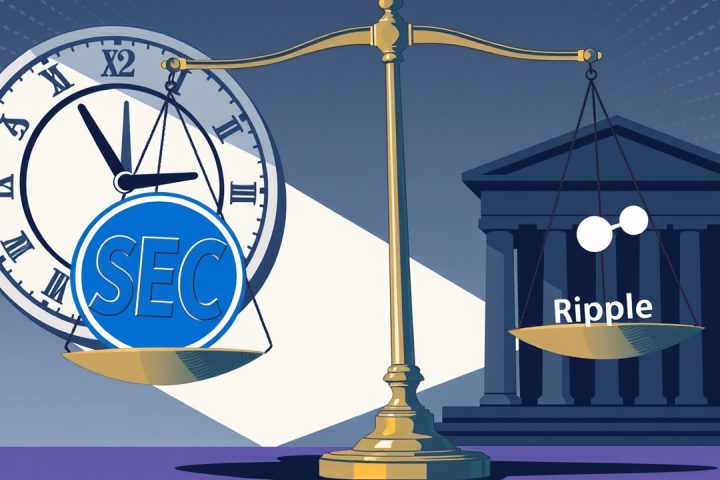Concerns Over Yield-Bearing Stablecoins
In a climate of increasing financial anxiety, America’s major banking institutions are expressing a distinct concern, not about economic turmoil or cybersecurity threats, but about the rise of yield-bearing stablecoins that offer customers interest on their holdings. This apprehension has prompted these banks to vigorously oppose their inclusion in the GENIUS Act and to lobby regulators against platforms like Coinbase from providing rewards to stablecoin investors.
Historical Context and Market Dominance
Wall Street’s arguments suggest that such innovations could incite a mass withdrawal of deposits, potentially destabilizing the lending landscape and threatening the integrity of the entire financial ecosystem. However, this narrative echoes past warnings about emerging financial technologies, such as those surrounding money market funds in the 1970s and the growth of online trading in the 1990s. History has shown that banks’ fears often prove unfounded.
At the core of this contention seems to be a battle for market dominance. Yield-bearing stablecoins represent a challenge to banks’ robust income derived from swipe fees and the minimal interest on customer deposits. Instead of embracing competition from new financial products, banks appear more inclined to seek regulatory protections to maintain their economic advantages.
Financial Gain vs. Consumer Safety
Taking a closer look reveals that the banks’ concerns about consumer safety and stability may mask their true motivation—financial gain. The fees collected with every card transaction and the profits generated from reinvesting low-yield deposits are under threat from these new digital currencies. The stakes are high, amounting to a $200 billion revenue stream that banks are eager to protect.
The Risk of Stifling Innovation
If U.S. banks and regulators continue to resist the evolution of financial services and stifle innovation, they risk losing their competitive edge on a global scale. In a world where consumers have access to diverse financial instruments, prohibiting yield-bearing stablecoins may push customers towards foreign alternatives, thereby diminishing domestic innovation, revenue, and regulatory oversight. Such an outcome would not only negatively impact American consumers, who would still seek these products, but would also further entrench domestic banks in a cycle of mediocrity by discouraging them from improving their offerings.
Misleading Claims About Financial Stability
The argument that these stablecoins pose a unique threat to financial stability overlooks the fact that American consumers already enjoy numerous high-yield options. From money market funds to treasury bills, many investment vehicles exist that outperform typical checking account returns. In fact, banks often provide mechanisms that allow customers to transfer excess cash into these higher-yielding options seamlessly. Thus, the notion that stablecoins introduce an unprecedented risk is misleading—what they present instead is a more efficient and accessible means of managing funds through blockchain technology.
Adaptation and Historical Precedents
Moreover, the claim that these stablecoins will undermine banks’ ability to lend conveniently overlooks the multifaceted nature of how banks secure funding. While they do rely on deposits, they also have access to various wholesale funding methods including repos and interbank loans, which can compensate for any minor shifts towards stablecoins. The historical context supports this; similar financial innovations have been integrated without collapsing the lending market.
When money market funds first emerged, the predictions of disaster echoed through banking halls, yet banks adapted, introducing new products and adjusting their funding strategies to meet the evolving landscape. The recurrent theme is that innovations, especially those that provide better yield to consumers, do not destroy the banking sector; rather, they compel banks to modernize and enhance their service offerings.
Conclusion: Embrace Change or Be Left Behind
This ongoing debate ultimately highlights the importance of competitive dynamism in finance. Stablecoins are simply the latest iteration of a long series of innovations that traditional banks have historically resisted but have learned to coexist with. Past warnings of imminent doom have proven misplaced each time as the financial system adeptly evolved.
Yield-bearing stablecoins are unlikely to dismantle banking structures; they will, however, compel them to adapt and improve. Rather than wasting resources on lobbying for protective measures, banks should embrace these changes and compete based on the value they offer. A true belief in the stability and robustness of American finance should make the pathway ahead clear: innovate and adapt, or risk being left behind.




